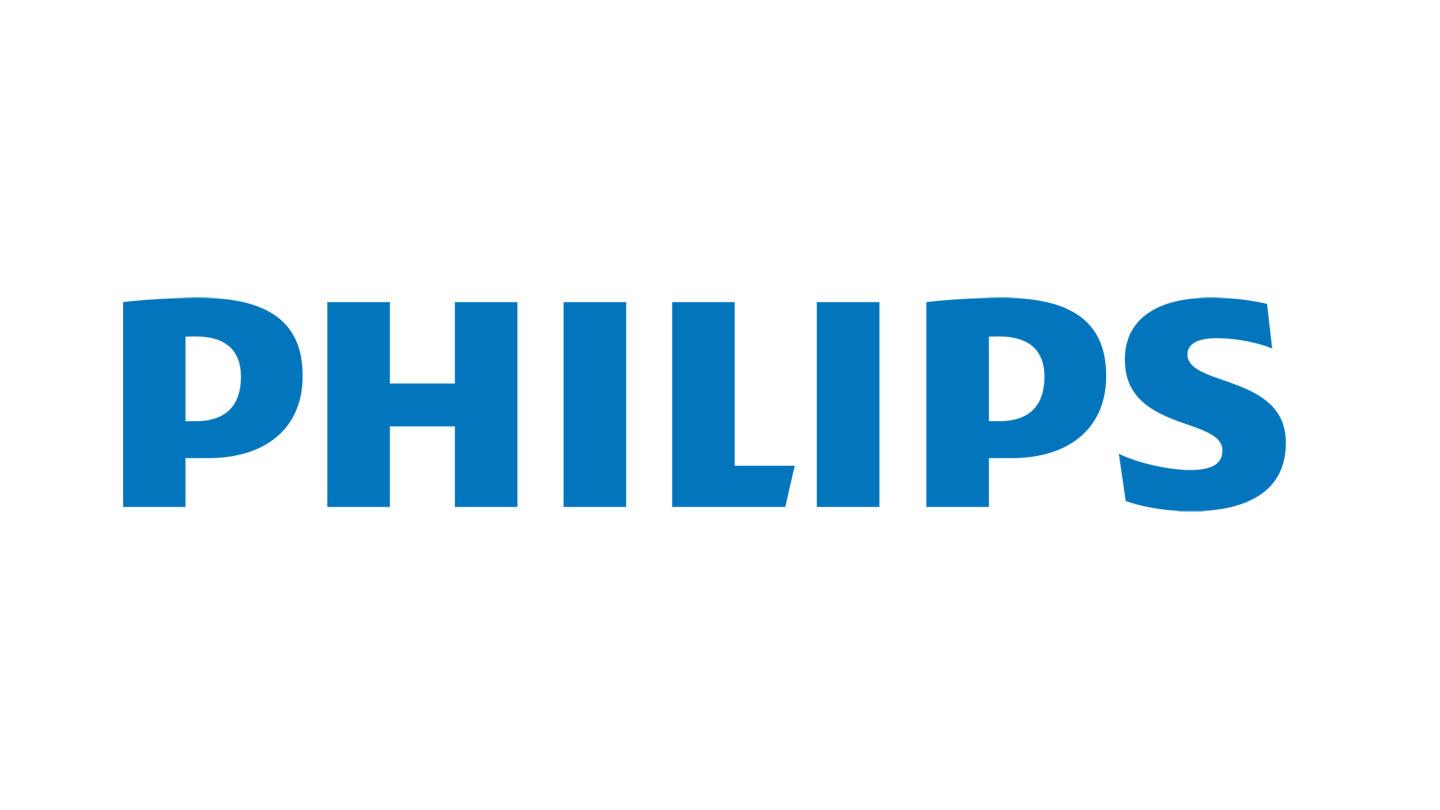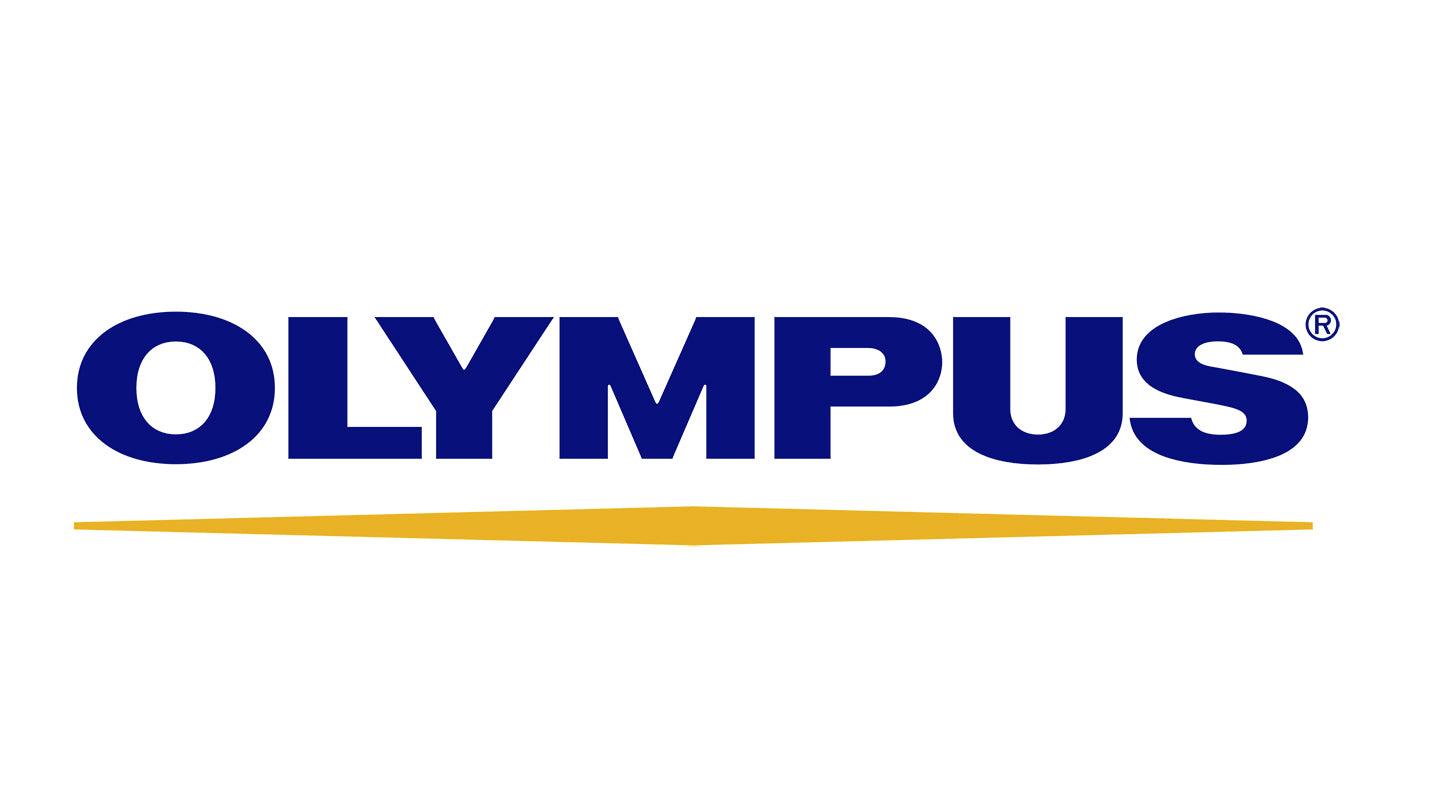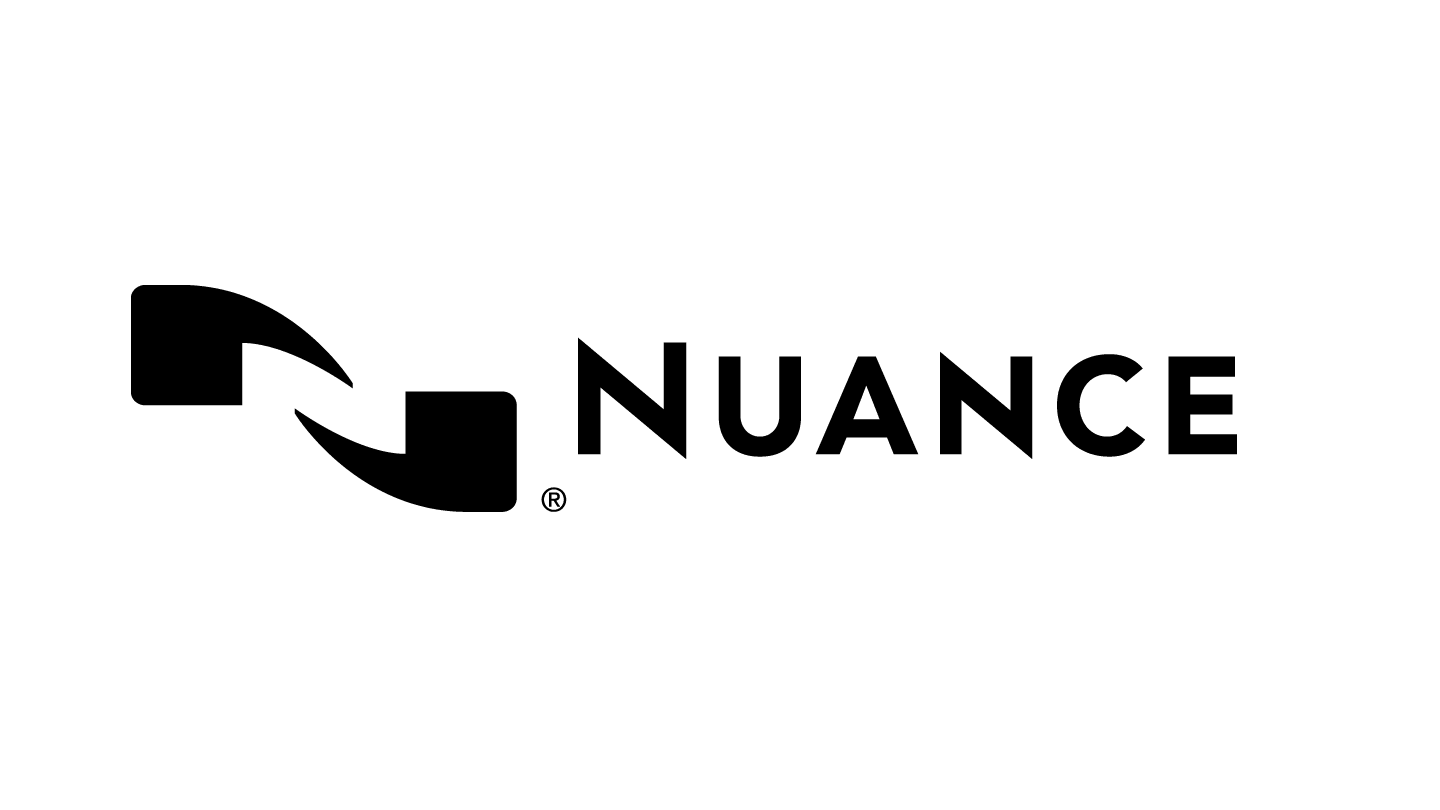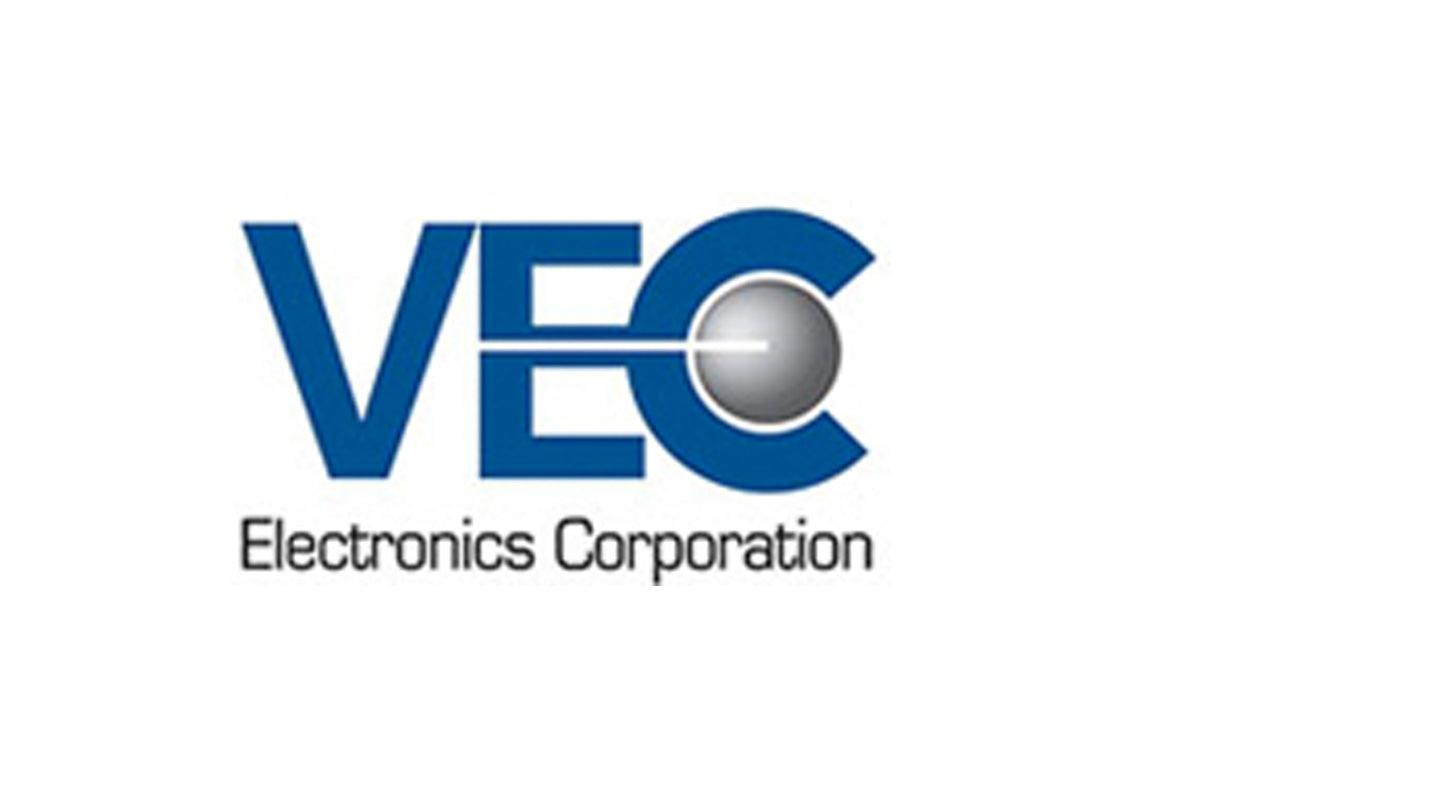
Transcription vs. Speech Recognition: A Comparison
In today's fast-paced world, the need for efficient and accurate conversion of spoken words into text is ever-growing. Two primary methods for achieving this goal are transcription and speech recognition. While both serve the same purpose, they operate differently and come with their own set of advantages and disadvantages. In this article, we will delve into the world of transcription and speech recognition, comparing their pros and cons, and exploring their applications, with a special focus on their role in the healthcare industry.
Attention: The Power of Speech-to-Text Conversion
Imagine a scenario in which you need to convert a lengthy speech, a legal deposition, or a medical dictation into text. Transcription and speech recognition are two tools at your disposal. Let's start by dissecting transcription's strengths and weaknesses.
Transcription Pros and Cons
Transcription, the traditional method of converting speech to text, relies on skilled professionals known as transcriptionists. They actively listen to spoken content and painstakingly transcribe it into written or printed form. The human touch in transcription can be both an asset and a liability.
On the positive side, a transcriptionist possesses the ability to decipher speech across various accents, discern context, and fill in gaps when words are inaudible. Their expertise is particularly valuable in specialized fields like legal and medical transcription, where precision and domain knowledge are paramount.
However, speed is where transcriptionists face a challenge. Even the fastest typists can't compete with automated speech recognition systems, which can effortlessly recognize and output entire sentences in a fraction of the time it takes a human to type.
Furthermore, transcriptionists need a specialized skill set that combines fast typing with domain-specific knowledge. Without expertise in the subject matter, transcribing content accurately becomes a significant challenge.
Interest: The Rise of Speech Recognition
As we transition from the era of traditional transcription to the digital age, speech recognition emerges as a formidable competitor.
Speech Recognition Pros and Cons
Speech recognition software excels in terms of speed. It instantly converts spoken words into text without the need for manual typing. This speed advantage can significantly enhance productivity in various industries.
Accessibility is another feather in the cap of speech recognition. It is widely available and adaptable to specific needs, such as legal or medical speech recognition. Some free speech recognition software options exist, although they may have limitations.
However, the Achilles' heel of speech recognition remains accuracy. While it has made remarkable strides, it still competes with humans to accurately decipher speech. Transcriptionists, with their keen ears and domain knowledge, often outperform speech recognition systems in this regard.
Usability is another aspect to consider. Speech recognition should streamline workflows rather than obstruct them. It should integrate seamlessly into existing processes to maximize efficiency.
Desire: The Healthcare Perspective
Now, let's shift our focus to the healthcare industry, where the battle between transcription and speech recognition rages on.
Transcription vs. Speech Recognition in Healthcare
Medical documentation is a critical aspect of healthcare. Accurate and timely documentation is essential for patient care and legal compliance. Here are the primary methods healthcare facilities employ:
- Manual Entry: This involves entering patient information and medical records manually. While it's still used, it's a time-consuming process in today's digital age.
- Transcription: Certified medical transcriptionists transcribe dictations from healthcare providers, ensuring accurate and detailed medical reports.
- Speech Recognition: Speech recognition has gained traction in healthcare due to its speed. It quickly transcribes spoken content into text, reducing the time spent on documentation.
- Hybrid Solution: Some healthcare providers opt for a hybrid approach, combining manual entry, speech recognition, and transcription to tailor their documentation process to their specific needs.
In healthcare, where precision and speed are paramount, speech recognition has found a significant role. It enables healthcare professionals to complete documentation efficiently, saving valuable time that can be redirected towards patient care.
The Legal Perspective
Now, let's explore the legal field and how transcription and speech recognition impact it.
Transcription vs. Speech Recognition in Legal Practice
In the legal world, precise documentation is crucial. Legal professionals often rely on transcription for recording depositions, court proceedings, and client meetings. Transcriptionists play a pivotal role in ensuring that every word is accurately transcribed, maintaining the integrity of legal records.
Transcription's human touch shines in the legal context, where nuances and details matter. A skilled transcriptionist can navigate through complex legal terminology and capture the essence of legal discussions.
On the other hand, speech recognition offers speed advantages, making it an attractive option for legal practitioners looking to streamline their workflow. However, it may not match the precision and contextual understanding that a human transcriptionist brings to the table.
Meet the Solution
The Power of Philips SpeechLive Voice Recognition
Philips SpeechLive has revolutionized the realm of voice recognition with its advanced and innovative solutions. Recognizing the myriad challenges users face, Philips SpeechLive has tailored its voice recognition capabilities to ensure an unparalleled user experience. Here are some standout benefits:
- Accuracy: With cutting-edge voice recognition technology, Philips SpeechLive ensures that your voice is transcribed with the utmost precision, minimizing errors and reducing the need for edits.
- Speed: Gone are the days of waiting tirelessly for transcriptions. With Philips SpeechLive, your voice is instantly transcribed, enhancing efficiency and productivity.
- Integration: Philips SpeechLive seamlessly integrates into various workflows, making it a versatile tool for diverse sectors including healthcare and legal.
- Security: Understanding the need for confidentiality, especially in sensitive sectors, Philips SpeechLive offers robust security features, ensuring that your data remains protected at all times.
- Cloud-Based: Being cloud-based, Philips SpeechLive provides flexibility, allowing users to access their transcriptions from anywhere, anytime.
If the aforementioned benefits resonate with your needs, then Philips SpeechLive might just be the solution you've been seeking. And the best part? You don't have to commit right away.
Experience Philips SpeechLive: Free 14-day Trial
We're confident in the transformative potential of Philips SpeechLive. So much so, that we're offering you an opportunity to experience it first-hand, with no obligations. Avail of our free 14-day trial and dive into the future of voice recognition. Click the button below to get started!






